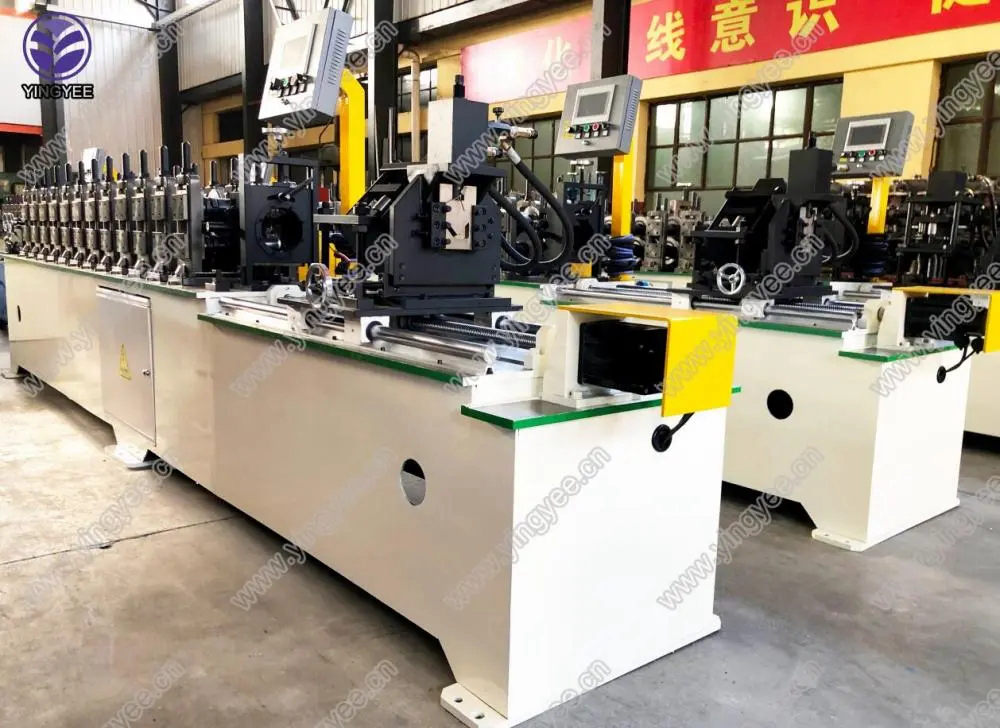
The Evolution and Impact of Stud Making Machines
In the realm of manufacturing, the production of fasteners plays a vital role across various industries, from automotive to construction. Among the diverse array of fasteners, studs are crucial components that are widely used to secure materials and structures together. With the advancement of technology, stud making machines have evolved significantly, enhancing manufacturing efficiency and product quality.
Stud making machines are specialized equipment designed to produce studs, which are typically cylindrical rods with a threaded exterior. These machines can produce various types of studs, including fully threaded, partially threaded, and even custom-length studs tailored to specific applications. The automation of this process has not only increased productivity but also ensured precision in production, meeting the growing demands of modern industry.
Traditionally, stud manufacturing involved labor-intensive processes requiring manual labor and multiple steps, which often led to inconsistencies in quality and increased production time. The advent of automated stud making machines transformed this landscape, significantly reducing the time taken to produce large quantities of studs. With features like high-speed threading, automatic feeding systems, and computer numerical control (CNC), these machines can produce studs at a remarkable pace while maintaining high standards of accuracy.
One major advantage of modern stud making machines is their ability to minimize waste. Advanced technologies allow for better material utilization, cutting down on scraps and reducing overall production costs. This is particularly important in today's economy, where manufacturers are constantly seeking ways to improve efficiency and sustainability. Moreover, these machines can often be programmed to switch between different types of stud production seamlessly, allowing manufacturers to respond quickly to market demands without extensive downtime or retooling.

Furthermore, stud making machines incorporate advanced safety features to protect operators and reduce workplace accidents. With automated processes, the need for manual intervention is minimized, which lowers the risk of injuries associated with traditional manufacturing methods. Additionally, these machines are often equipped with sensors and monitoring systems that provide real-time data on production efficiency, equipment performance, and maintenance needs, contributing to a safer and more efficient work environment.
The impact of stud making machines extends beyond manufacturing efficiency. As industries move towards more sustainable practices, these machines contribute by optimizing resource usage and reducing environmental footprints. Efficient production processes result in fewer emissions and waste, aligning with global efforts to create a more sustainable future.
As we look ahead, the future of stud making machines is likely to see further innovation, including the integration of artificial intelligence and machine learning. These technologies could enable smarter manufacturing processes, predictive maintenance, and enhanced quality control, ensuring that industries can meet the ever-increasing demands for precision and efficiency.
In conclusion, stud making machines have revolutionized the production of fasteners, offering unprecedented speed, accuracy, and sustainability. As technology continues to advance, these machines will play an essential role in shaping the manufacturing landscape, ensuring that industries remain competitive in a fast-paced global market. The evolution of stud making machines not only exemplifies the progress made in manufacturing technology but also highlights the importance of adapting to new challenges and opportunities in the industry.